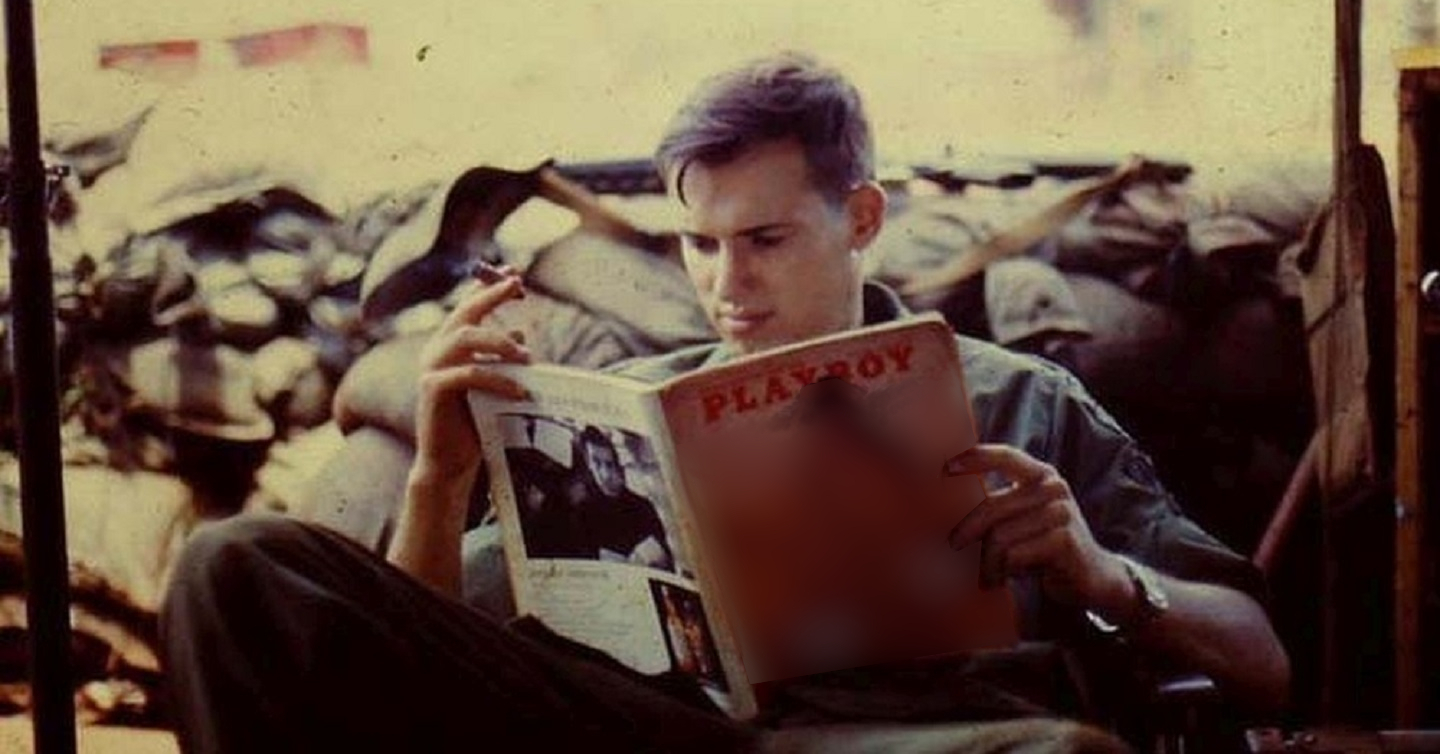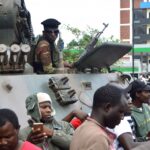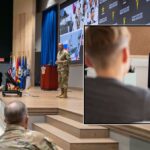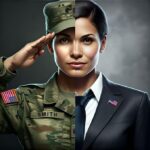
Playboy magazine first hit newsstands in December 1953, so it was quite well established by the time the United States joined the conflict in Vietnam. Derided by a portion of the population as disgraceful smut, the common retort from the men who perused the sordid pages was “I just read it for the articles.” A BETTER PEACE welcomes Amber Batura to the studio as she discusses Playboy’s place amongst soldiers, sailors, airmen and marines during the Vietnam conflict. She joins our Editor-In-Chief Jacqueline Whitt to explore how the articles and interviews the magazine presented truly were a lifeline to home, relaying the thoughts and concerns of the citizenry these military members represented. With subjects like Stanley Kubrick, Martin Luther King Jr., Nabokov, Ayn Rand, Muhammad Ali and Ralph Nader it’s hard to deny that Playboy captured some of the most popular voices of the time. And perhaps there were other features that attracted the attention of young men in a far off land. But mostly they read it for the articles.
I was in a small village outside of Hanoi when we ran across a Playboy store…and so I decided I have to know why this is here and why is it still here. Why is it branding the war basically?
Podcast: Download
Subscribe: Apple Podcasts | Spotify | Amazon Music | Android | Pandora | iHeartRadio | Blubrry | Podchaser | Podcast Index | TuneIn | Deezer | Youtube Music | RSS | Subscribe to A Better Peace: The War Room Podcast
Amber Batura is an Instructor at Texas Tech University. She researches gender, sexuality and popular culture’s influence on soldiers in the US military. Jacqueline E. Whitt is an Associate Professor of Strategy at the U.S. Army War College and the Editor-in-Chief of WAR ROOM. The views expressed in this presentation are those of the speakers and do not necessarily reflect those of the U.S. Army War College, U.S. Army, or Department of Defense.
Photo Description: A soldier spends his off time reading the Jul ’69 edition of Playboy magazine. Location unknown.
Photo Credit:Photographer and subject unknown. Believed public domain. Please contact warroomeditors@gmail.com for credit or removal





As I footnoted in my dissertation, in 1969 the North Koreans shot down an U.S. Navy EC-121 reconnaissance aircraft. All hands were lost and only two of the bodies were ever recovered. The detailed account of the search and rescue activity makes for sobering reading, lightened only by the account that American sailors thanked the crew of the Soviet ship who helped recover debris by offering them “a USS TUCKER cigarette lighter and eight copies of Playboy.” J.R. Johnson, ed., Commander in Chief Pacific Command History, 1969 (Camp Smith, Hawaii: HQ CINCPAC, 1970) 4:139.